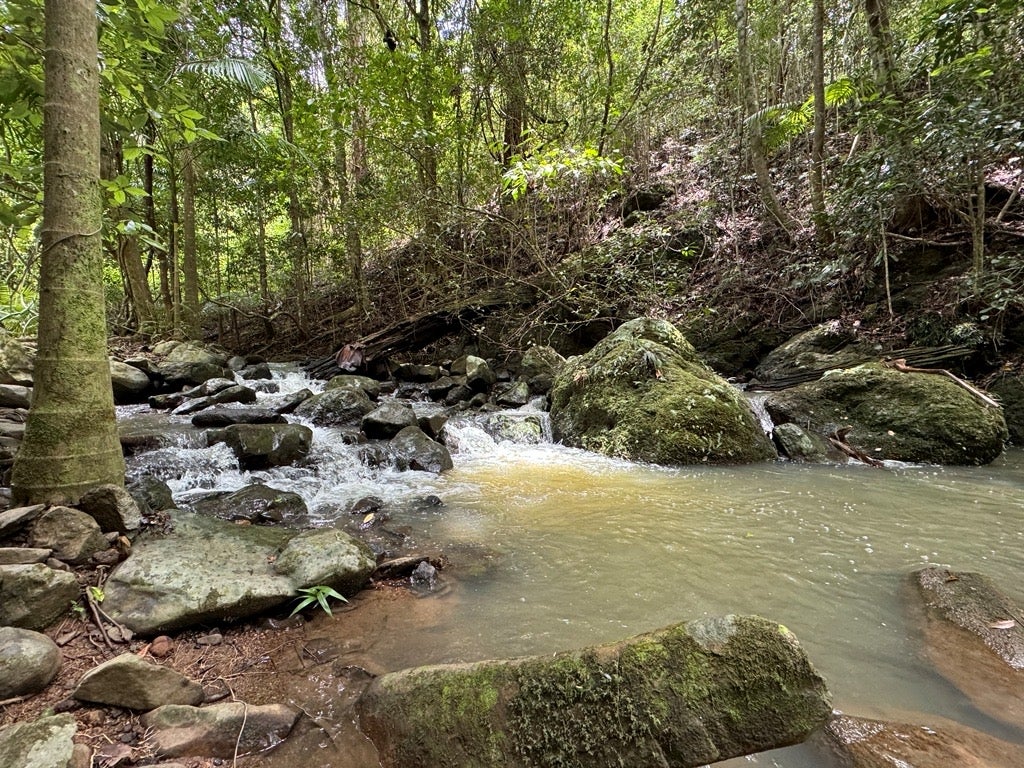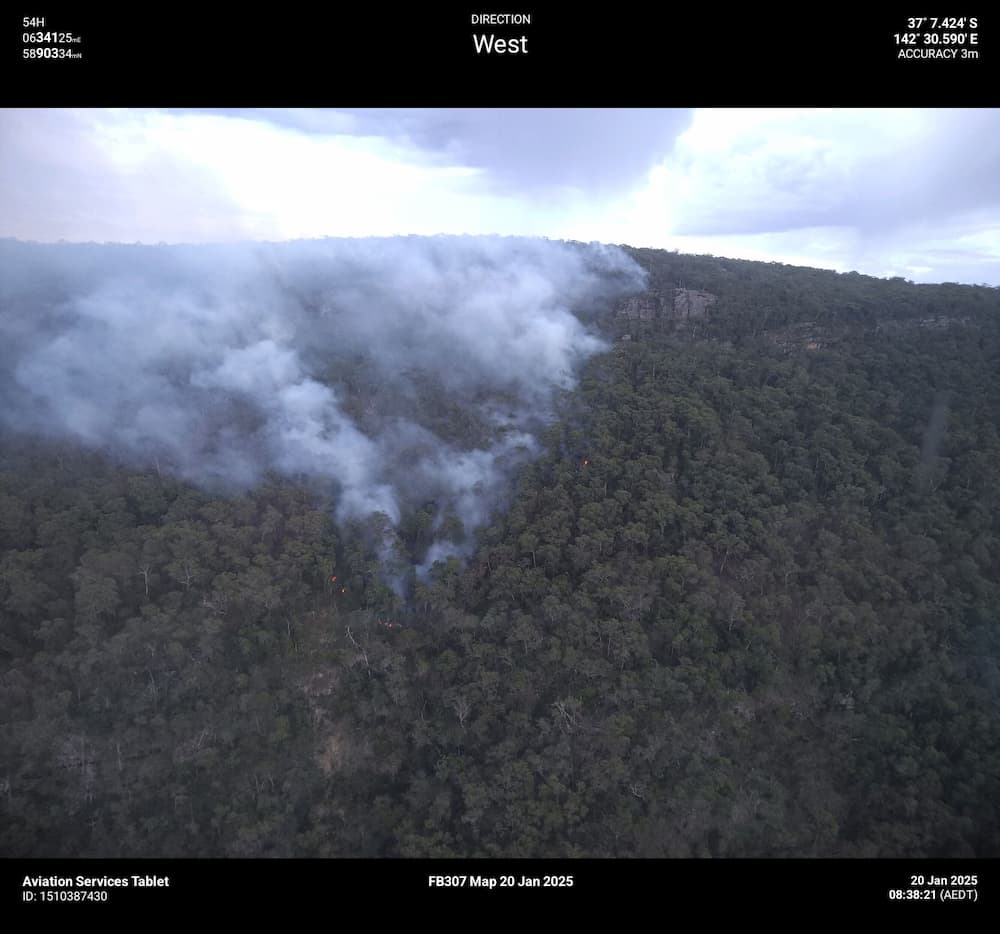With humanitarian crises gripping the world and more people asking to call Australia home, the NSW Government has developed a new nation-leading strategy to better integrate people from refugee backgrounds and those seeking asylum into communities so they can thrive.
Minister for Multiculturalism Mark Coure said the NSW Settlement Strategy represents the first time any level of government in Australia has a dedicated plan focused on helping people not just on their arrival but throughout their entire settlement journey.
“When it comes to supporting refugees and people seeking asylum, the NSW Government has consistently stood up and taken on more responsibilities than we are charged with to make sure no one is left behind,” Mr Coure said.
“While we don’t control the number of people the Federal Government allows into NSW, we can be better prepared. This new strategy helps us do this by providing a structured, whole-of-government focus to better support the people that come into our state.”
Mr Coure highlighted that since 2015, over 35,000 people have permanently settled in NSW due to humanitarian crises, including more than 20,000 people from Syria and Iraq, 1400 people that have escaped Afghanistan since the fall of Kabul, and 1500 Ukrainian nationals that have escaped Russia’s invasion.
“Everyone’s needs are different, which is especially the case for refugees and people seeking asylum. That is why this strategy was developed with lived experience at its centre, ensuring people can thrive,” Mr Coure said.
“This means coordinating the specific needs of refugees and people seeking asylum across government, such as housing, healthcare, employment opportunities, language services and even family and social support.
“By having a whole-of-government approach to their settlement journey, we will be supporting people to be active citizens in their communities.”
More than 80% of refugees settle in the Greater Sydney region, with the remainder spread across primary settlement locations in the regional NSW settlement locations of Coffs Harbour, Newcastle, Armidale, Wagga Wagga, Albury and Wollongong.
NSW Coordinator General for Settlement Professor Peter Shergold AC called the Strategy a guiding light for people seeking to rebuild their lives in NSW.
“NSW is in the enviable position to build on the learnings and achievements of the past several years to deliver a well-coordinated and collaborative approach to settlement policy,” Prof Shergold said.
“By investing in better settlement processes now, we can improve refugee integration into the labour market and speed up the ability of newcomers to become full and active participants in civil society.”
Refugee Council of Australia CEO Paul Power said the strategy was the result of an impressive level of cooperation between government and non-government agencies.
“Since the Federal Government’s announcement in 2015 of an additional intake of Syrian and Iraqi refugees, the NSW Government has rethought and reformed its engagement in supporting the settlement of refugees in NSW,” Mr Power said.
“Non-government organisations have been consulted and included in the planning of government settlement responses in a significant way for the first time, resulting in direct improvements in the planning and delivery of vital services.
“This strategy distils the wisdom and ideas of a broad range of organisations and individuals and outlines an impressive blueprint for the support of refugee newcomers regardless of visa class or status.”
The strategy primarily focuses on people from refugee and refugee-like backgrounds within the first 10 years of settlement in NSW.
People from refugee and refugee-like backgrounds include people who come to Australia permanently through the Refugee and Humanitarian Program, Community Support Program, Family Reunion and Partner streams, and other similar pathways.
The strategy also includes people with unstable statuses, such as some bridging visa holders and people on temporary humanitarian visas.
Get more information on the .







